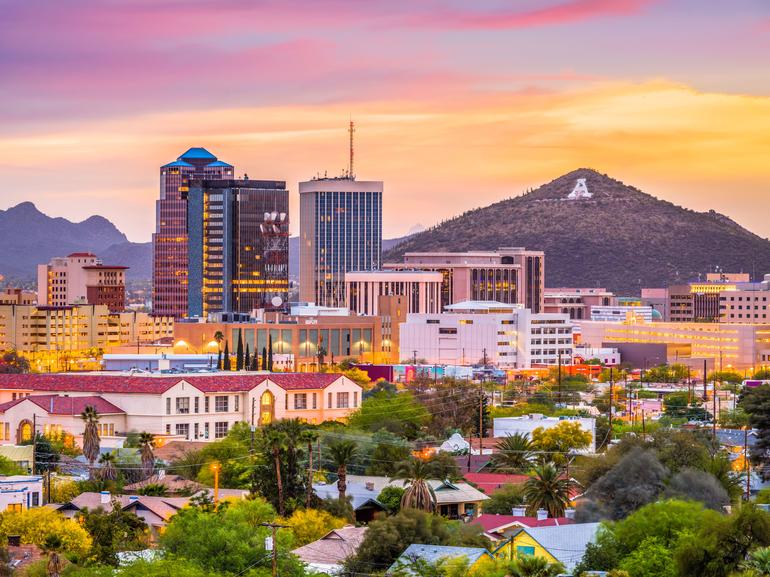Prices Up in Tucson, but Multifamily Transaction Activity Limited

The first half of 2024 represented a bit of a return to normalized conditions in the Tucson multifamily market. After elevated completions in 2023, there has been a lull in deliveries to this point in the year. Vacancies and rents have largely stabilized as a result, although the development pipeline remains full and deliveries are on pace to accelerate in the coming quarters. Vacancy conditions have been on an upward trajectory since reaching cyclical lows at the end of 2021, and the overall rate throughout the region has more than doubled. Rent growth has slowed, but not stalled complexly. Current rents are slightly higher than one year ago, and modest gains are expected in the second half.
Only a few properties have traded in Tucson to this point in 2024, after a more active period of transactions during the second half of last year. The Tucson market generally records modest sales velocity, and transactions have been hindered by higher interest rates and a more uncertain outlook on property fundamentals and revenues. While the number of properties that have traded has been limited, prices have pushed higher, which is likely a reflection of an investor preference for quality assets. The median sale price in Tucson thus far in 2024 is $151,100 per unit, up more than 20 percent since last year. Cap rates have been largely unchanged throughout 2024, remaining between 5.5 percent and 6.5 percent.
Looking ahead
While the Tucson multifamily market has posted mostly stable operational performance through the first half of this year, supply-side pressures are likely to build in the coming quarters, which could drag on property fundamentals. Developers have projects totaling more than 4,000 units under construction, with about 1,400 units scheduled to deliver in the second half of this year. This follows deliveries of 2,000 units in 2023. The consecutive years of elevated deliveries will combine to increase the local apartment inventory by approximately 5 percent, faster than the increase in area population or employment. Still, renter demand for units is likely to remain strong and vacancy is forecast to rise just 50 basis points for the full year.
Multifamily properties in Tucson should continue selling at a modest pace through the rest of the year, with most investors remaining on the sidelines monitoring the direction of the market. A trend that should continue is investors pursuing a wider range of rental assets, with Class B and Class C properties making up a larger share of sales than they did last year. This is likely due in part to the improving performance of lower-tier properties, in contrast to top-tier properties that are posting increasing vacancies and slowed rent growth. Class A transactions will likely remain limited in Tucson for the rest of the year. These trends may push cap rates a bit higher for transactions to close.
Download the full report below.
Learn more
Contact our Phoenix office for more information.
